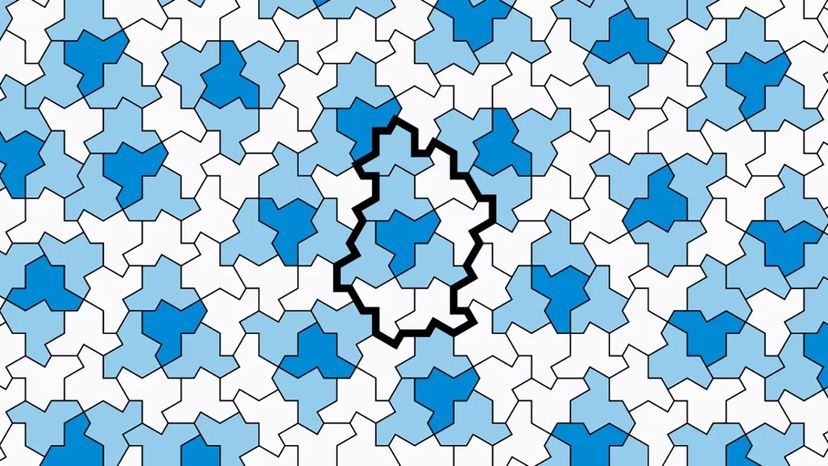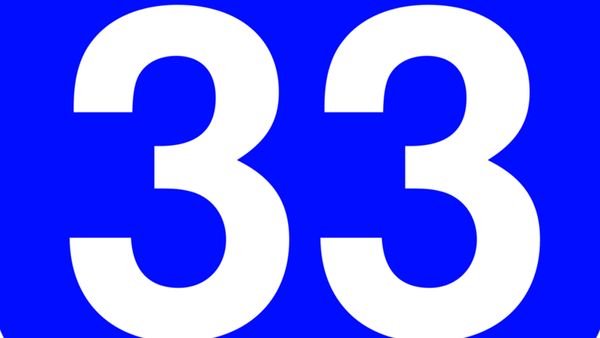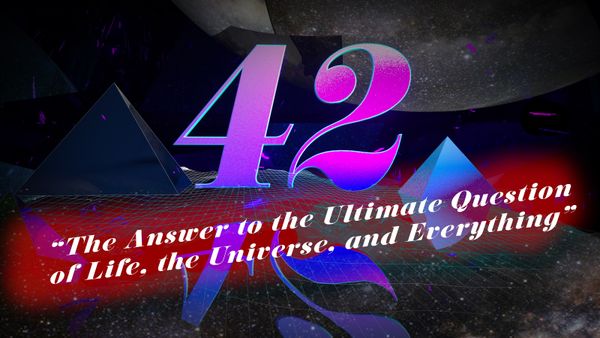
Key Takeaways
- Mathematicians discovered a new geometric shape called the "einstein," a 13-sided tile that creates a tiling pattern without repeating.
- The shape, initially thought to be impossible to find, was discovered by David Smith, a self-described "shape hobbyist," who named his first discovery "the Hat."
- "The Hat" and "the Turtle" are part of a family of einstein tiles that can be created by adjusting the lengths of their sides, challenging previous assumptions about tiling patterns.
Imagine a bathroom floor covered in black and white tile. Each tile is the same shape and they fit together perfectly without gaps or overlaps. You're probably imagining rectangles or hexagons. That works, but imagine a shape that would create a pattern that never repeated itself, no matter how big your bathroom was. That is an "einstein" tile.
Advertisement


